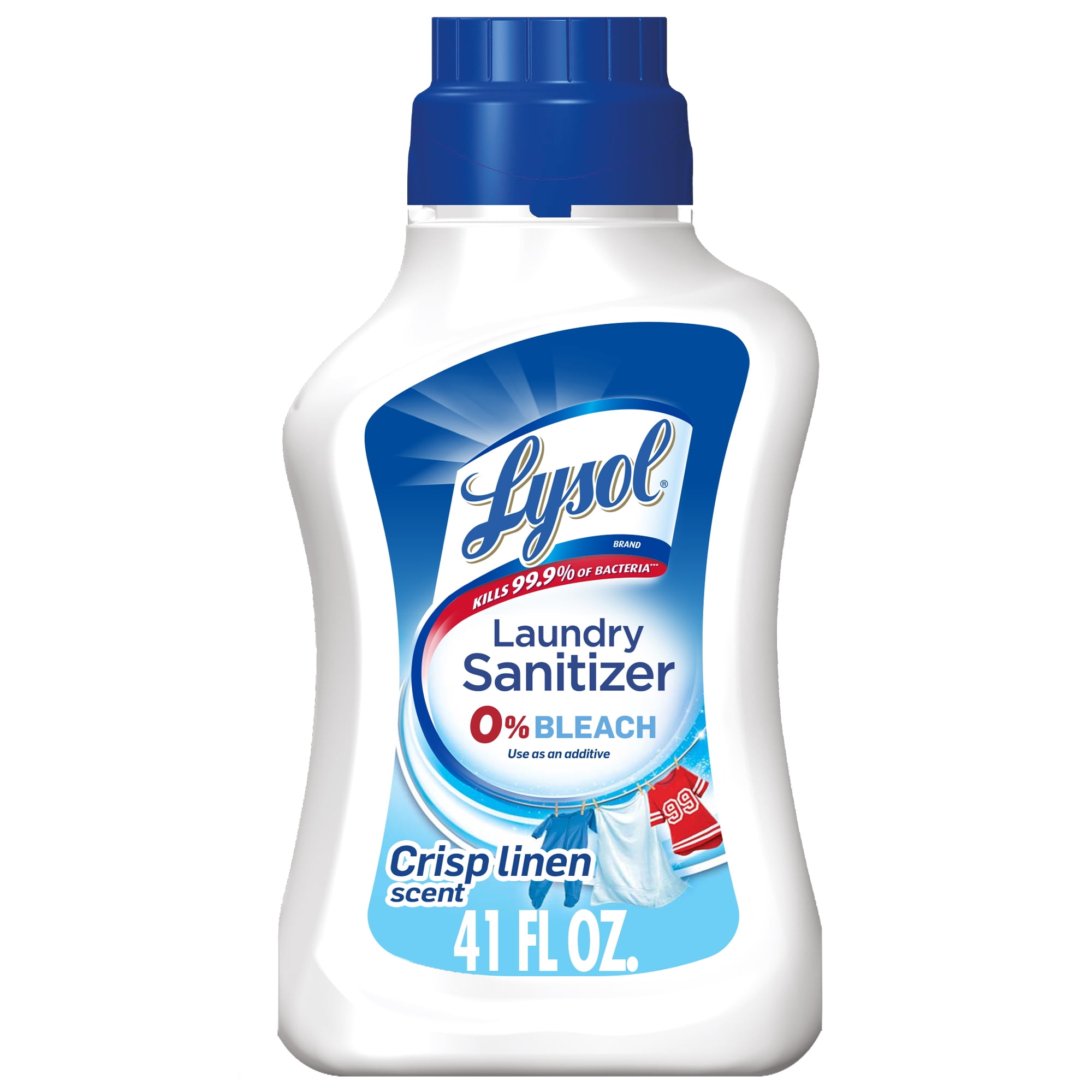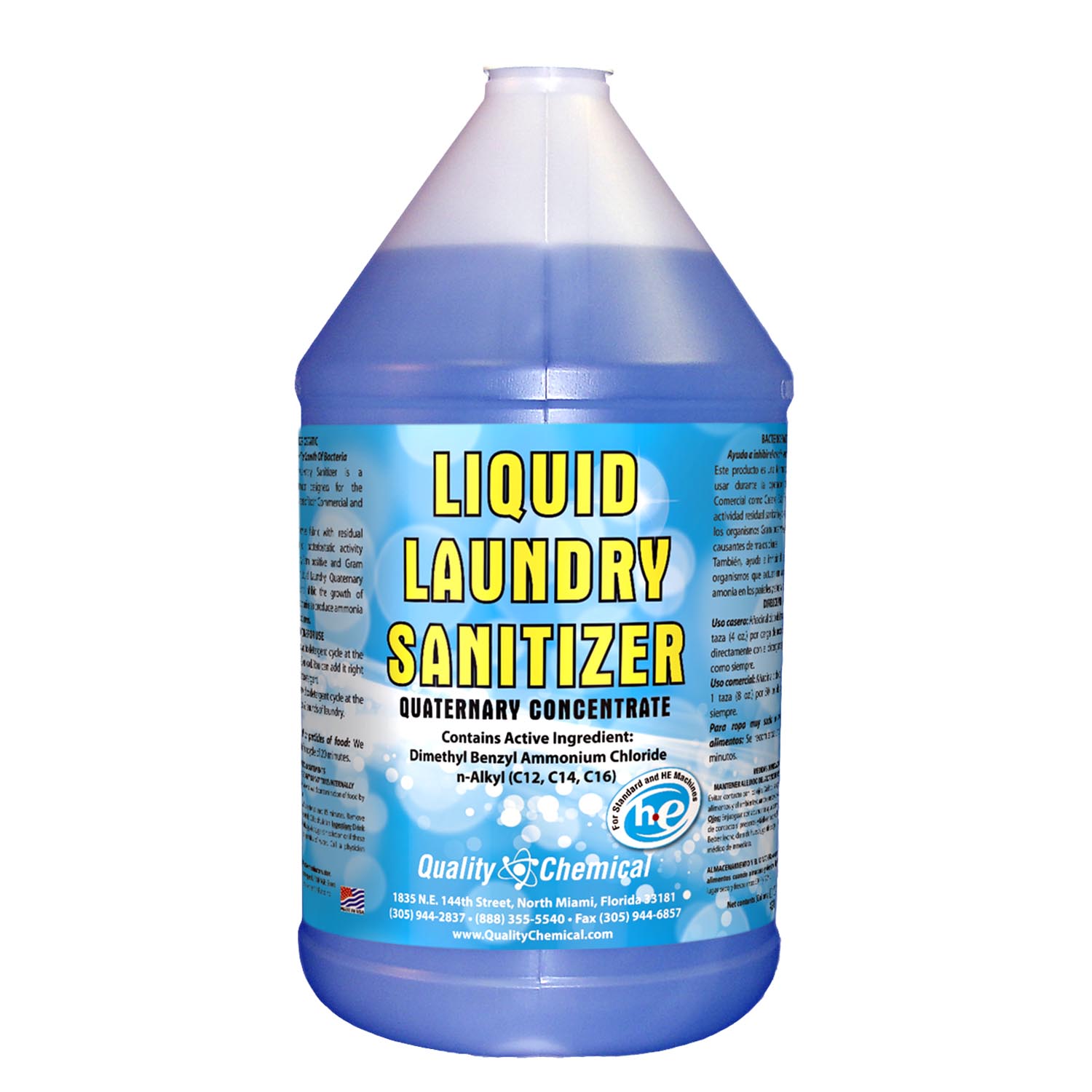
Laundry sanitizers are a type of detergent additive that are designed to kill bacteria, viruses, and other harmful microorganisms on your clothes. Clean is good but often you need to go beyond clean to create a hygienic environment by disinfecting or sanitizing your surroundings.Find out the answer to the question, Can I use laundry sanitizer with a septic system? Tips for safe and effective laundry cleaning!

Overall, disinfecting can lower the risk of infections from other pathogens like influenza, HIV, Staph or Salmonella.Ĭreating a clean, safe, and healthy environment requires discipline and the right set of products.

Beside Covid-19, EPA has 14 other lists that might be useful in selecting the right product for your objective. Disinfectants on this list satisfies the EPA requirements for disinfecting this viral pathogen. You can check to determine if your disinfectant is capable of disinfecting Covid-19 by checking the EPA List N. Now knowing the difference among the various disinfectant types, you can raise the question when should you sanitize, and when should you disinfect? The answer to this question will depend on your objective: Do you have a specific pathogen(s) you want to target? In these uncertain times the Covid-19 virus is one of the most targeted of all pathogens. In order to have a product be classified and be able to be marketed as a sanitizer or disinfectant for hard surfaces they must be EPA Registered and must have data supporting the claims When you sanitize or disinfect, you are removing potentially harmful pathogens that might not be visible to the naked eye. Both disinfecting and sanitizing are a step up from regular cleaning because cleaning only removes visible dirt. A disinfectant must completely eliminate specific pathogen(s). A food contact sanitizer is often the last step in a cleaning process for food contact items.ĭisinfection requires a stronger treatment than a sanitizer.

Disinfecting is achieved when a product can reduce the bacterial counts by a minimum of 6 logs thus completely eliminating a specific pathogen(s).Sanitizers that comes in contact with food must reduce the bacterial counts by 5 logs: 99.999%.Sanitizing lowers the number of pathogenic bacteria on surfaces by a minimum of 3 logs or by 99.9%.Cleaning removes, dirt, and impurities from surfaces or objects.While at the core of it, cleaning, sanitizing, and disinfecting are aimed to achieve the same objective, creating a hygienic environment. According to the Center for Disease Control (CDC), these actions can be defined as:
#LAUNDRY SANITIZERS HOW TO#
Additionally, knowing the difference between them can help you to know exactly what products to buy, and how to use them to keep your home or workplace clean, safe, and healthy. But there is a significant difference between the terms, and technical differences as well.

When it comes to this, the words clean, sanitize, and disinfect are often used interchangeably.
#LAUNDRY SANITIZERS FREE#
Whether you are at home or at work, it is important to keep areas free of germs to try to prevent the spread of diseases.


 0 kommentar(er)
0 kommentar(er)
